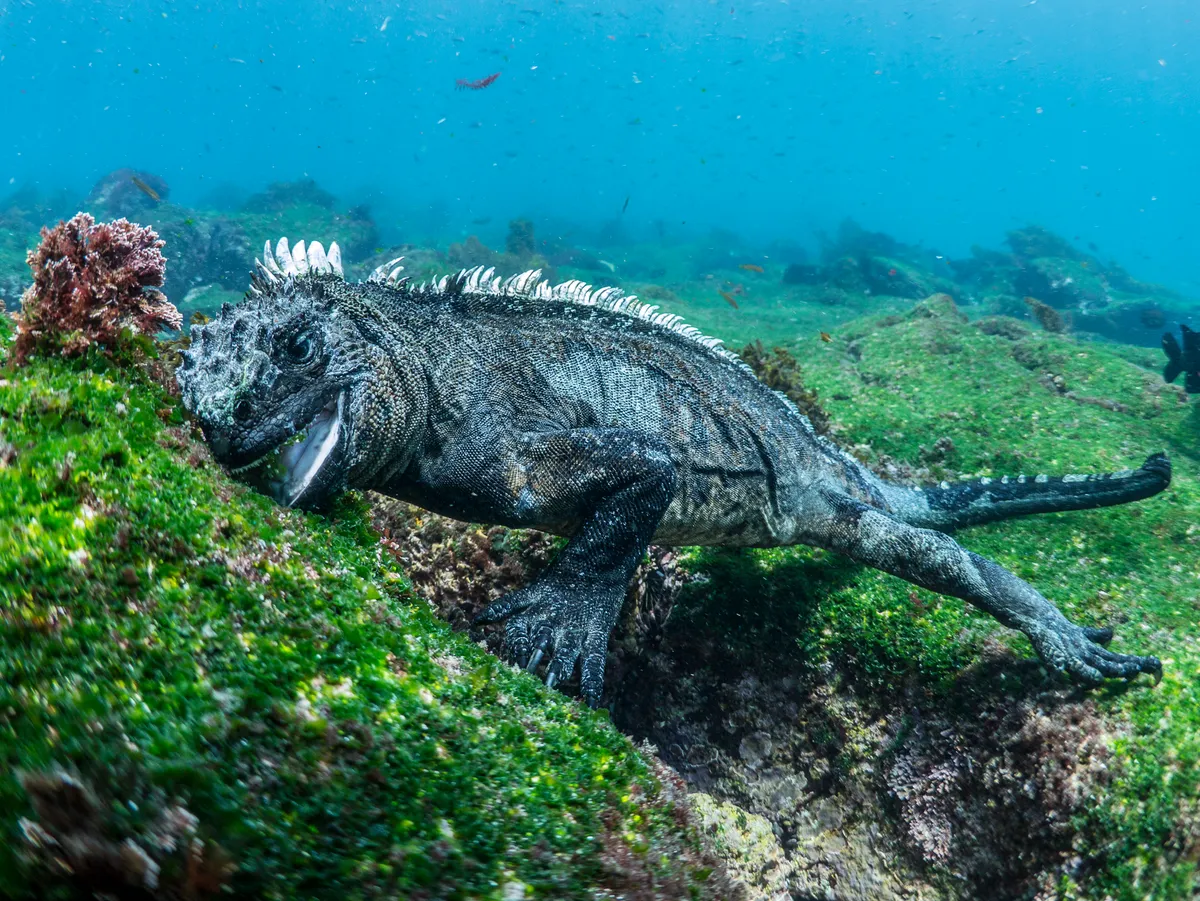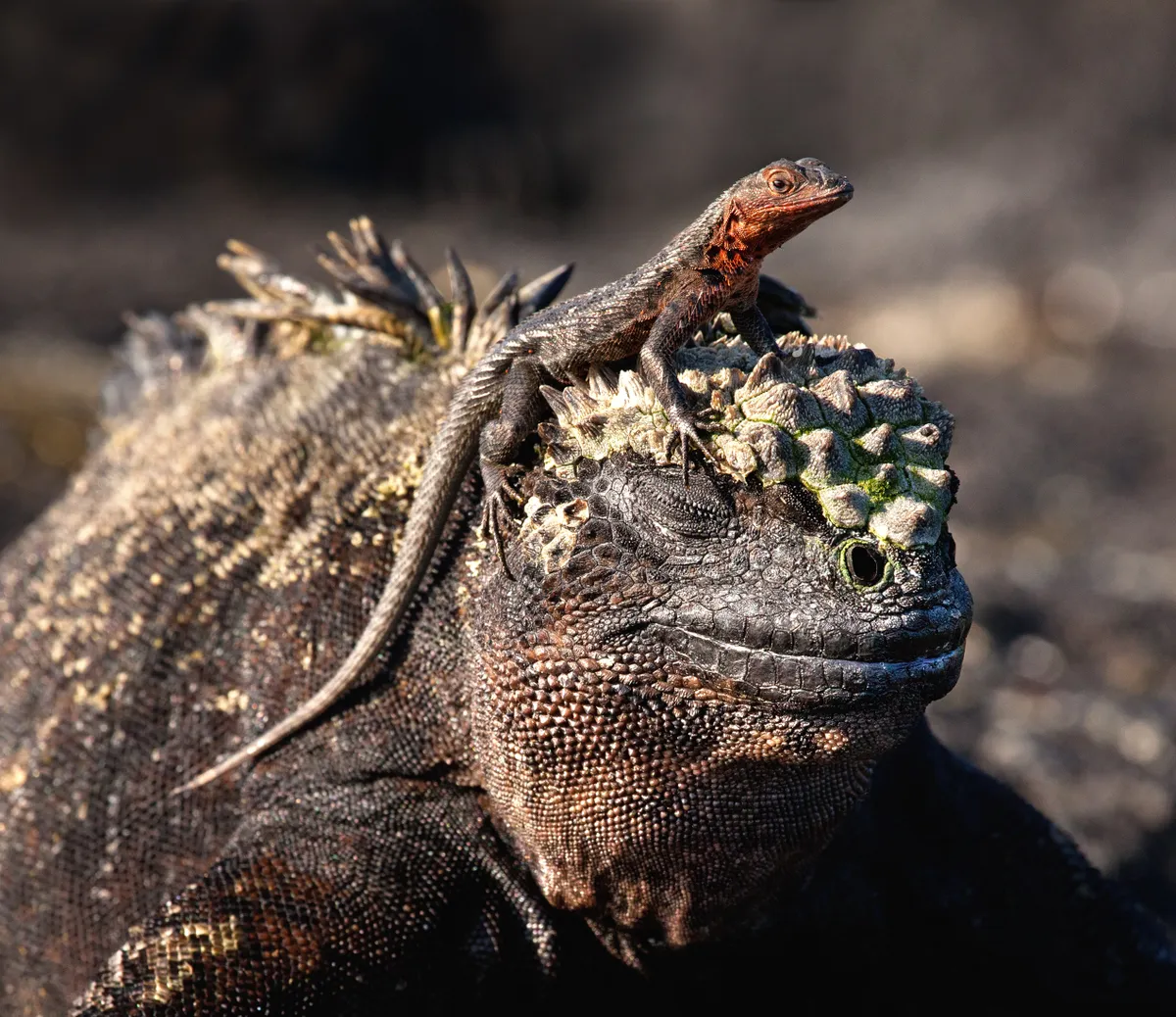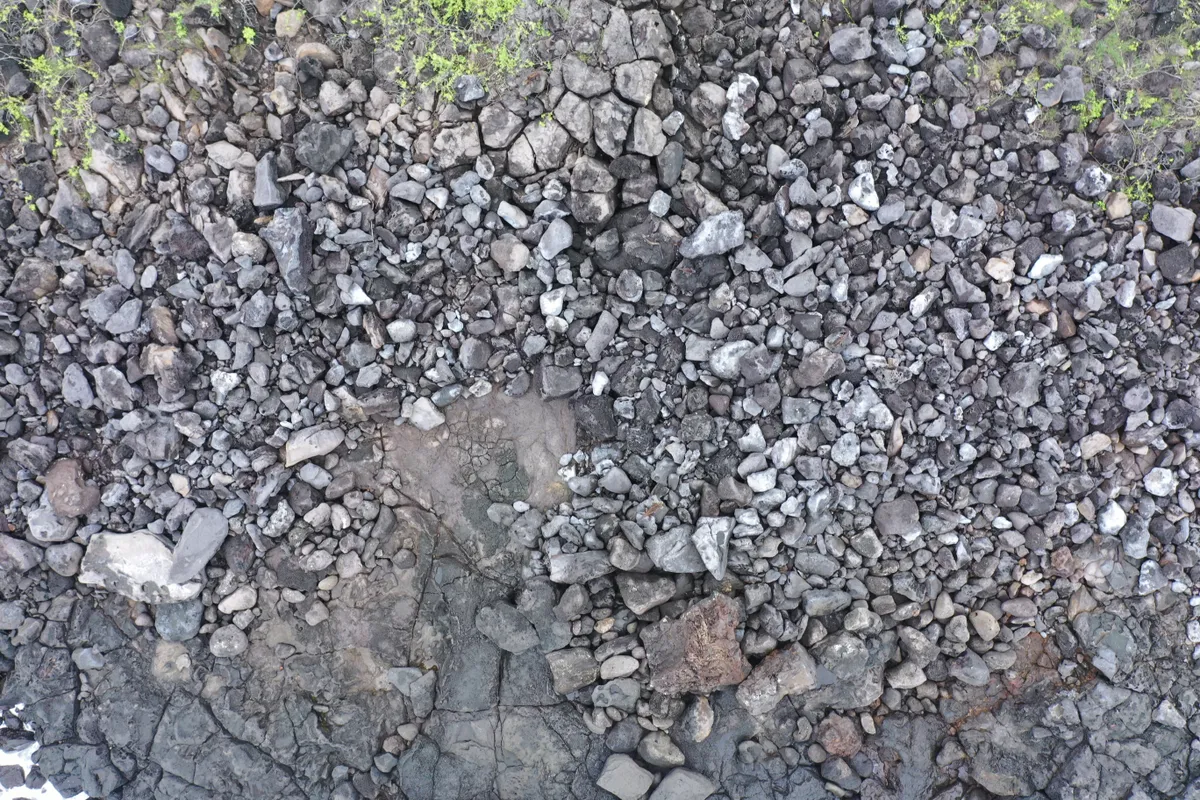Marine iguanas are endemic to the Galápagos Islands and are the only sea-going lizards in the world! Charles Darwin famously described them as “imps of darkness”. Learn more about these fascinating reptiles in our expert guide by the Galapagos Conservation Trust.
Where are marine iguanas found?
Marine iguanas are endemic to the Galápagos Islands, and they are found nowhere else in the world.
What is the scientific name of the marine iguana?
The scientific name of the marine iguana is Amblyrhynchus cristatus. They are the only species in their genus, which means the genus is monotypic.

What is unique about marine iguanas?
Marine iguanas are the only sea-going lizards in the world! Experts aren't sure exactly how far marine iguanas can swim, but have found that they can relocate between different islands – sometimes up to 65km between the islands!
Marine iguanas also change colour during the mating season – with different subspecies adopting different colours. Near Española and Floreana they are most colourful – turning bright green and red and often known as the “Christmas Iguana”.
What do marine iguanas eat?
Marine iguanas feed on algae on rocks in the sea, with larger iguanas swimming further out and using their claws to hold onto rocks.

Smaller iguanas stay closer to the shore and feed in rock pools. Because there is so much salt in their diet, marine iguanas sneeze out excessive salt which would otherwise form salt crystals in their snout.
Please note that external videos may contain ads:
Swimming marine iguanas. © BBC Earth
How do marine iguanas regulate their body temperature?
Iguanas are tend to group together to conserve heat, particular during night time. In the morning marine iguanas absorb heat by basking in the sun until they have enough energy to swim out to sea to feed.

When in the ocean, their heartbeat slows to half its normal pace in order to conserve energy and allow them to feed for as long as possible.
How long can marine iguanas hold their breath?
Marine iguanas can remain submerged for ten minutes or more.
What predators do marine iguanas have?
Adult marine iguanas are rarely predated, but young marine iguanas are vulnerable to some predators such as hawks and the infamous endemic racer snakes, as filmed for Planet Earth II.
Please note that external videos may contain ads:
Iguana vs racer snakes. © BBC
Hawk hunts marine iguanas. © BBC Earth
Are marine iguanas endangered?
Marine iguanas are listed as Vulnerable on the IUCN Red, and was last assessed in 2019.
What threats do marine iguanas face?
When humans arrived in Galapagos, they brought cats and dogs with them. Cats and dogs have had a devastating impact on marine iguanas predating on the juveniles, which are poorly adapted to defending themselves against large land predators.
El Niño events also decrease the iguana population due to reducing their food supplies.
Please note that external videos may contain ads:
How marine iguanas are surviving climate change. © BBC Earth
There is ongoing research looking into the impacts that marine plastic pollution, specifically microplastics, is having on marine iguanas in Galapagos.
How can I help marine iguanas?
Researchers have launched an online citizen science project through Zooniverse where volunteers analyse aerial photos taken by drones for marine iguanas and other wildlife species.

Marine iguana colonies are typically hard to reach, and thus it has been quite difficult to estimate population sizes. By using drones to take photos, the conservation scientists are able to take high quality images with limited disturbance to the iguanas.
Data collected through the drone surveys will compared to ground-based surveys.
The Galapagos Conservation Trust is the only UK charity to focus exclusively on the conservation and sustainability of the Galápagos Islands.
Main image: Marine iguana in the Galápagos Islands. © Joseph J Orsi
